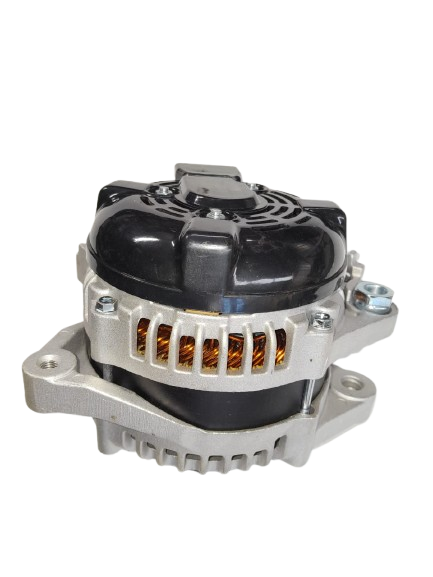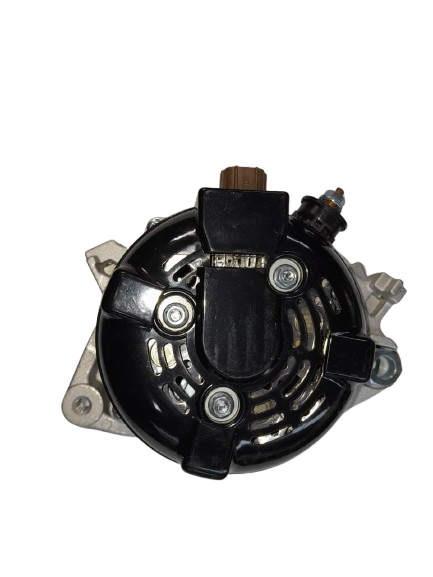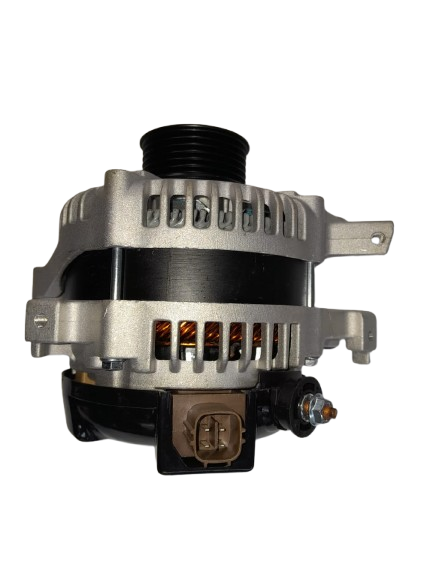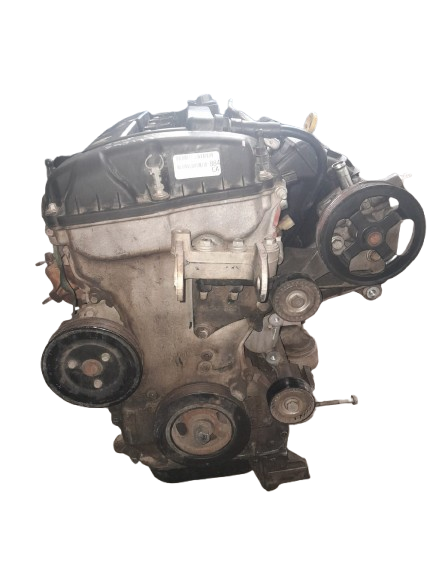



Overview
The Toyota Corolla Professional 1.3 Alternator is an essential component designed for the 1NR-FE engine, a 1.3-liter inline-4 petrol engine commonly found in Toyota Corolla Professional models. This alternator plays a critical role in maintaining the electrical system of the vehicle, ensuring a consistent power supply to the battery and all electronic components while the engine is running.
Function and Importance
The alternator’s primary job is to convert mechanical energy from the engine into electrical energy. When the engine runs, it spins a belt connected to the alternator pulley. This action generates alternating current (AC), which the alternator then converts to direct current (DC) to charge the battery and power various systems like:
- Headlights
- Air conditioning
- Power steering (if electrically assisted)
- Infotainment and radio systems
- Engine control units (ECU)
Without a functioning alternator, the battery would quickly deplete, causing the vehicle to stall or fail to start.
Technical Specifications
- Voltage Output: 12V
- Amperage: Typically ranges from 80 to 100 amps
- Pulley Type: V-groove or serpentine (depending on model year and region)
- Mounting: Engine-side, usually secured with two or more bolts
- Drive Mechanism: Belt-driven, often via a serpentine belt system
Compatibility
This alternator is specifically compatible with the Toyota Corolla Professional 1.3L 1NR-FE engine, typically found in models produced from around 2008 onwards in select global markets, especially in South Africa and parts of Europe. It’s always advisable to check the OEM part number before purchase to ensure fitment.
Common Signs of Failure
- Dimming headlights
- Battery warning light on the dashboard
- Difficulty starting the vehicle
- Strange noises (whining or grinding) from the alternator area
- Dead battery despite recent charging
Maintenance and Replacement
Alternators typically last between 100,000 to 150,000 kilometers, but longevity depends on driving conditions and maintenance. If replacement is needed, it’s best to choose OEM or high-quality aftermarket units to ensure durability and compatibility.

